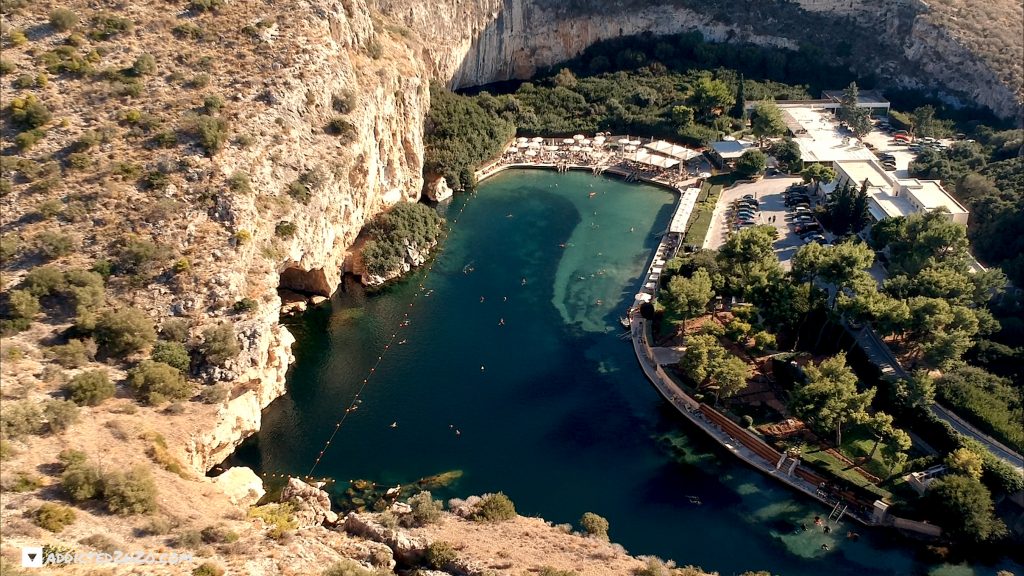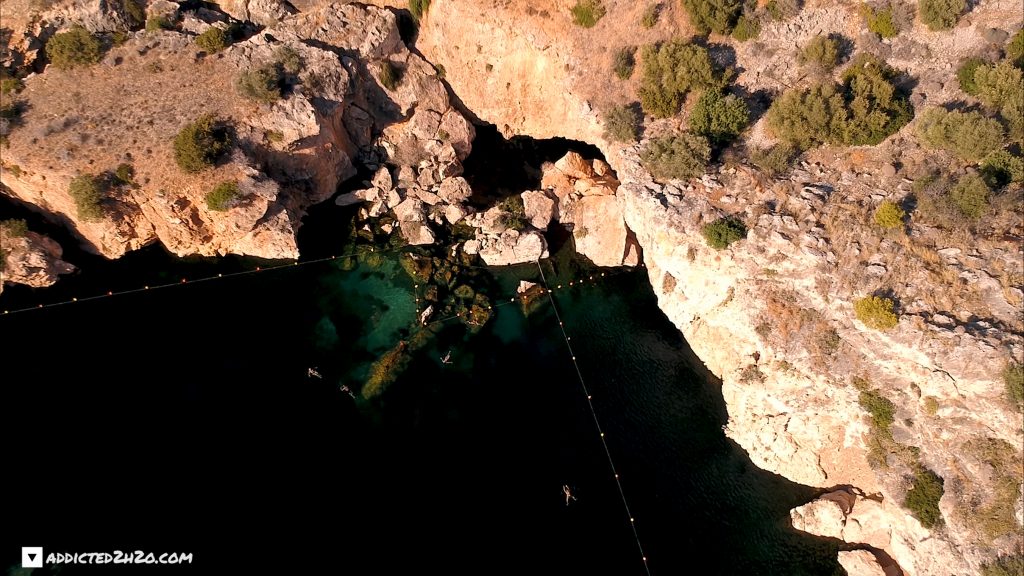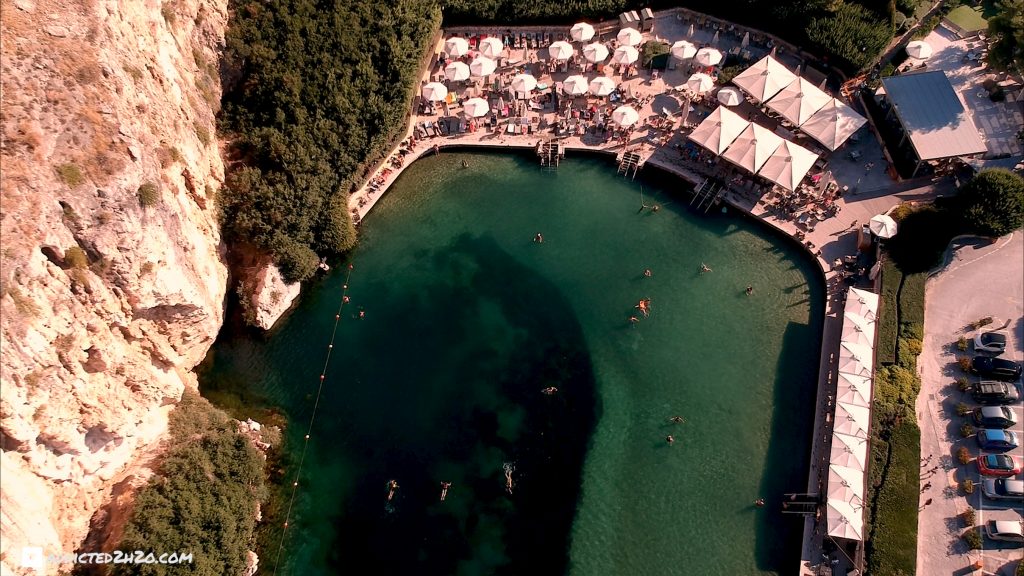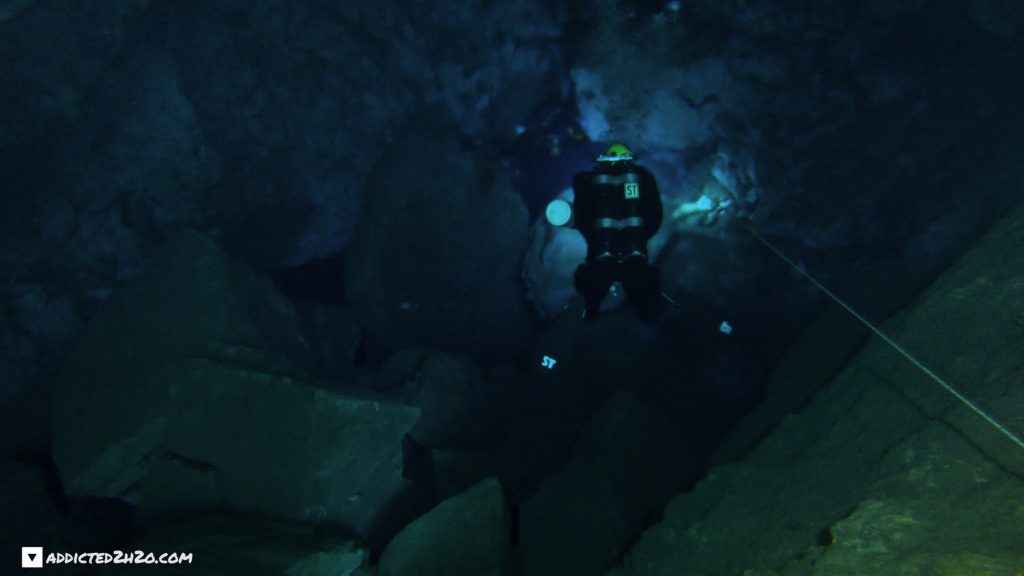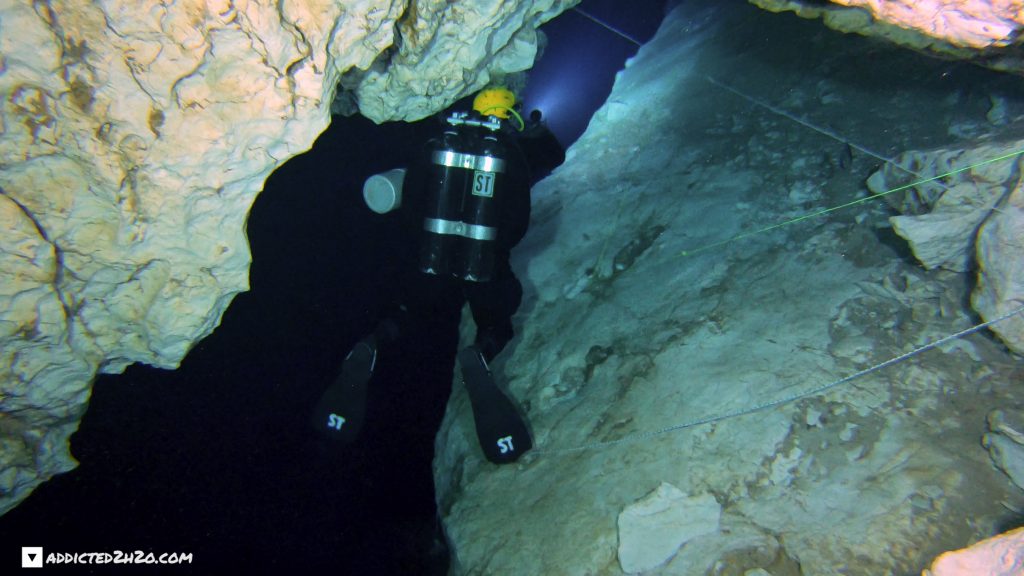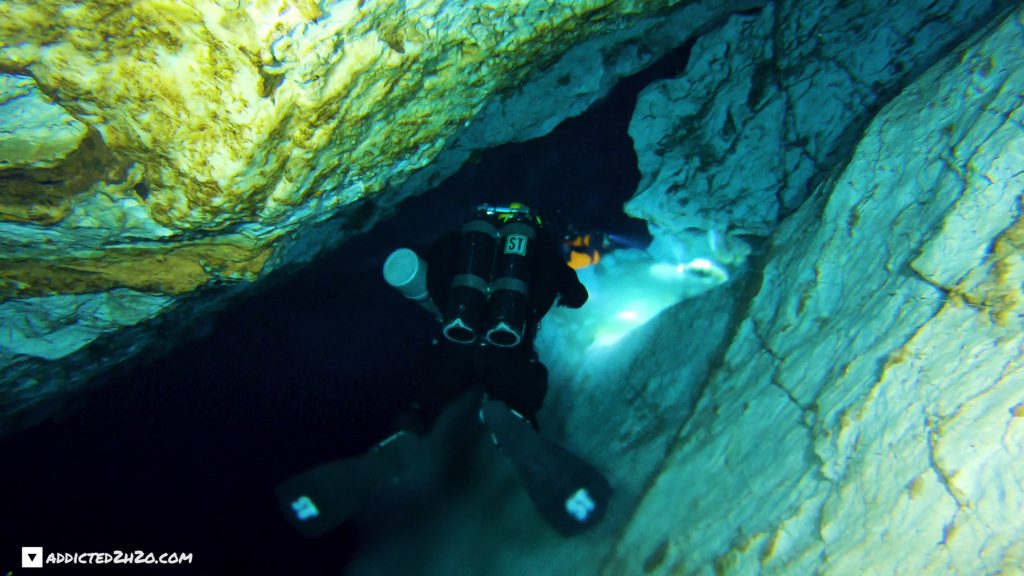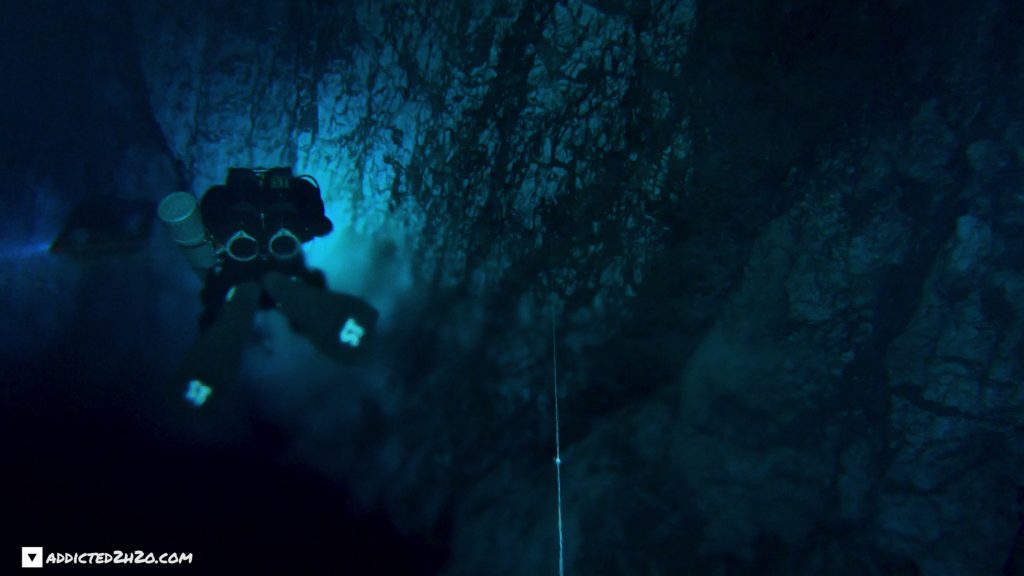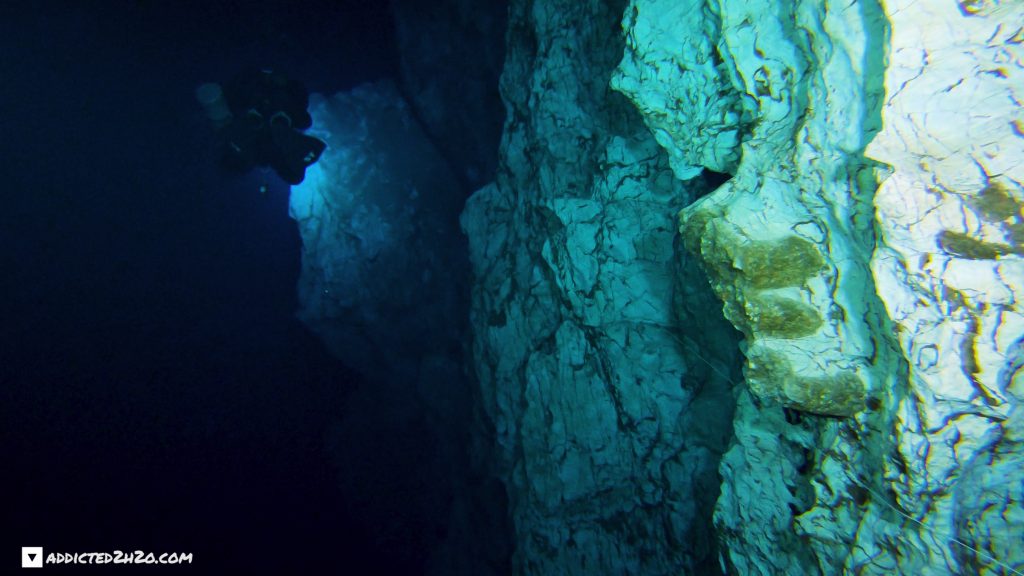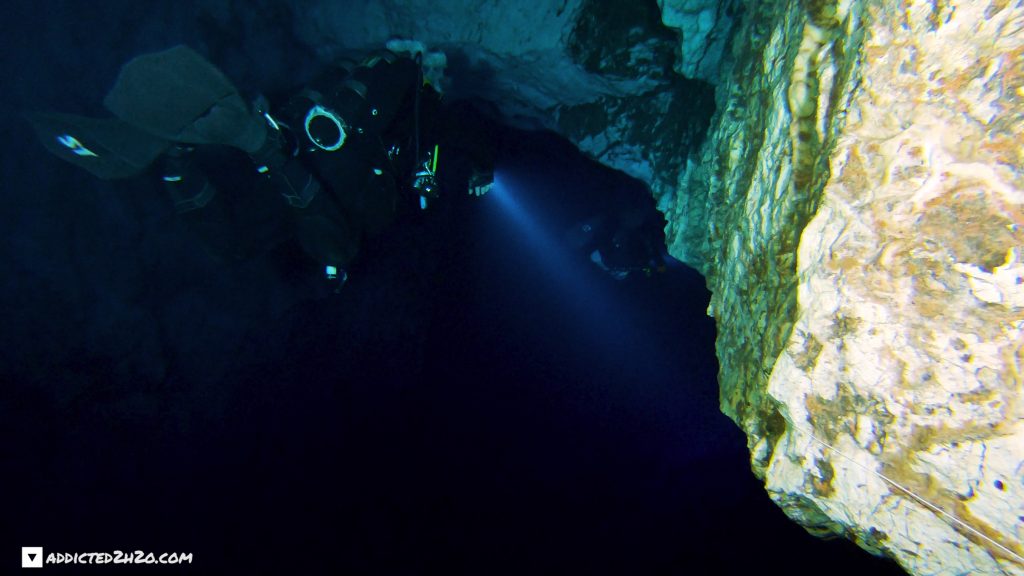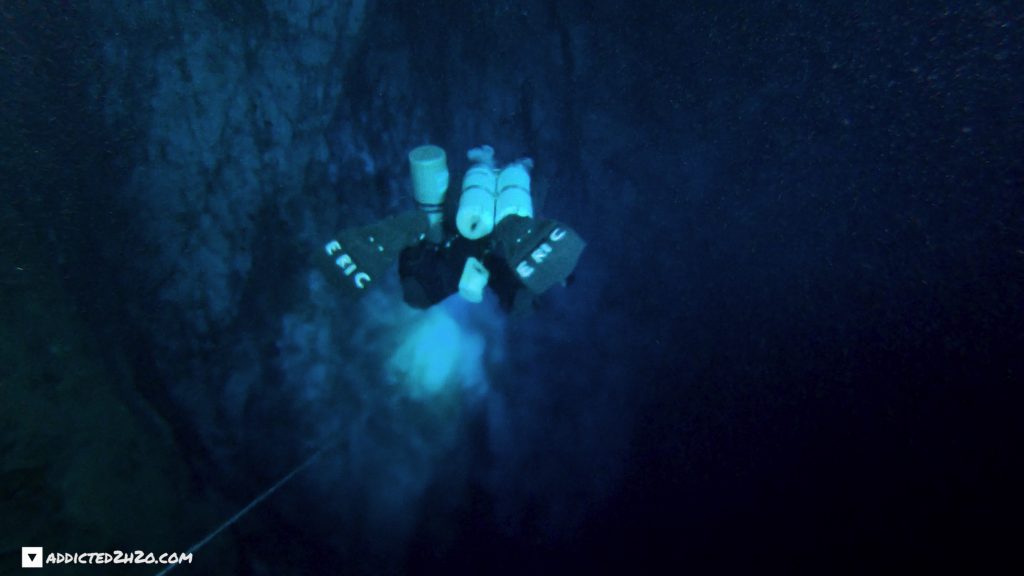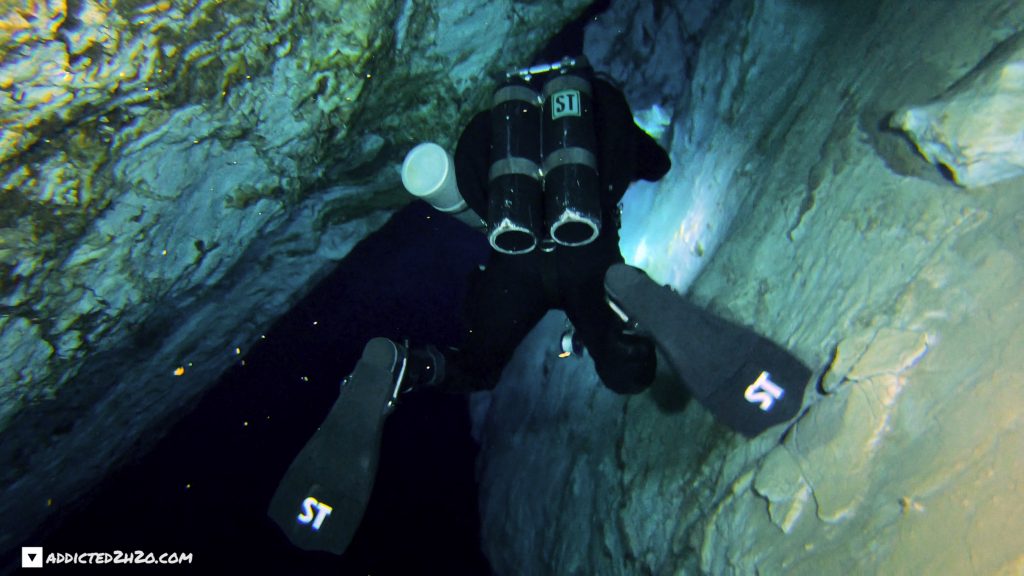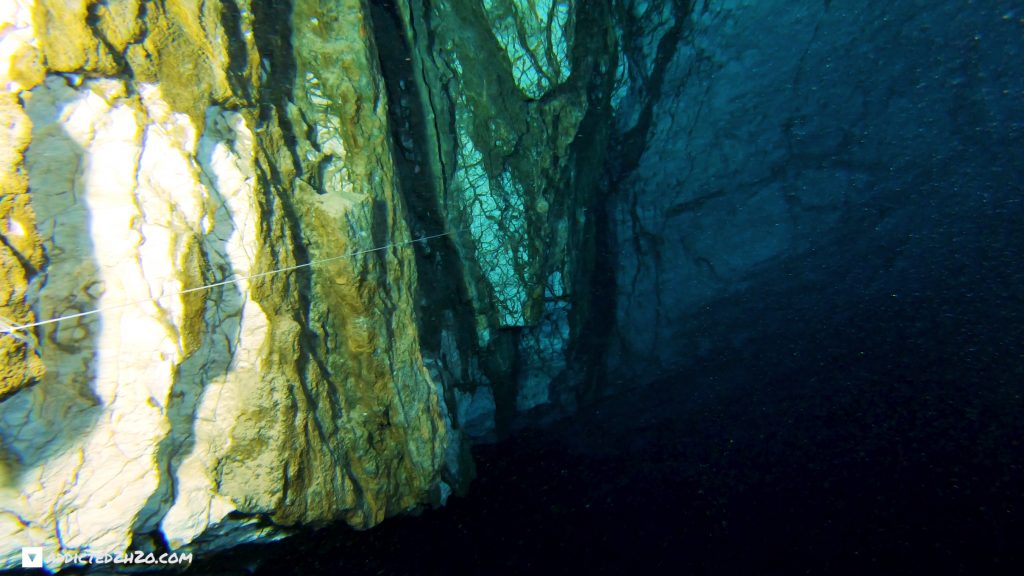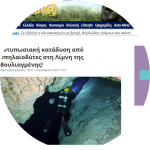Vouliagmeni
On the southern outskirts of Hymettus, a few meters from the Eastern shores of the Gulf of Vouliagmeni, emerges one of the most beautiful and special karst systems in the world. The lake of Vouliagmeni is an elaborate geological phenomenon, which is separated from the clear blue waters of the Saronic by a narrow strip of limestone rocks.
With the total number of routes explored to date amounting to 4.2 km at a penetration length of 650 meters from the cave entrance and with a depth now reaching 130 meters, the main chamber is considered one of the largest flooded chambers in Europe with a volume that reaches 2,000,000 m3.
Lake Vouliagmeni is a natural brackish lake with healing properties located in Vouliagmeni, Athens. Its waters come from over 100 meters depth and have a temperature of 22 ° C to 29 ° C, indicating that at some depth it communicates with the Aegean volcanic arc. The lake is also powered by a freshwater source at a depth of 17 meters. The lake meets with an underground cave that communicates with the sea through various arcades. The lake is located on the southern tip of Ymittos, near the sea. It lies in an ellipsoidal cavity 260 meters long and 145 meters wide. The lake is half a meter above sea level and has been part of the Natura protected areas since 2000.
The lake was created when part of the roof of a large underground cave collapsed some 2,000 years ago due to erosion and tectonic movements, and therefore there are no references from antiquity, not even Pafsanias. The cave is located within the limestone rocks of the surrounding area. The explored length of the cave is 4.2 kilometers. There are 14 tunnels in the cave, and a large underwater stalagmite has been found. The bottom of the lake consists of a muddy substrate rich in sulfur compounds. The lake waters have an increased content of minerals and trace elements, such as potassium, sodium, lithium, ammonium, calcium, iron, chlorine and iodine. The water is recommended for rheumatic diseases, sports injuries, nervous system disorders, skin diseases and gynecological diseases.
Official Greek exploration, which began in 1988 through a program funded by the Ministry of Culture, brought to light new impressive features from the cave. Leading the investigation was the Swiss cave diver Jean Jacques Bolanz, who, following an unknown narrow passage, discovered a huge underwater area with a capacity of 2,000,000 cubic meters. Bolandz’s colleague Luigi Casati had brought to light an oversized stalagmite, which is located at a depth of 105 meters.
Dive Date:
29 October 2019
Sources:
-Philotis: Lake Vouliagmeni Attica, National Technical University of Athens.
-Hintiroglou Ch. (August 4, 2002) Lake Vouliagmeni, To Vima.
-Eleni G. Korou (August 9, 2009) The healing waters of Lake Vouliagmeni vimaonline.gr
-Time Machine: https://www.mixanitouxronou.gr
Cave Divers:
Erikos Kranidiotis
Stelios Stamatakis
George Vandoros
Dive Date:
24 July 2022
Our team Addicted2h2o in collaboration with the Top2Bottom Diving Team on the 24/07/2022 penetrated again the first chamber of the cave which reaches a maximum depth of 70m and a minimum ceiling height of 15m.
Cave Divers:
Erikos Kranidiotis
Andreas Andrikopoulos
Akis Seisidis
Nikolas Margaritis
Greek Article
ADDICTED2H2O
Do what you can’t
